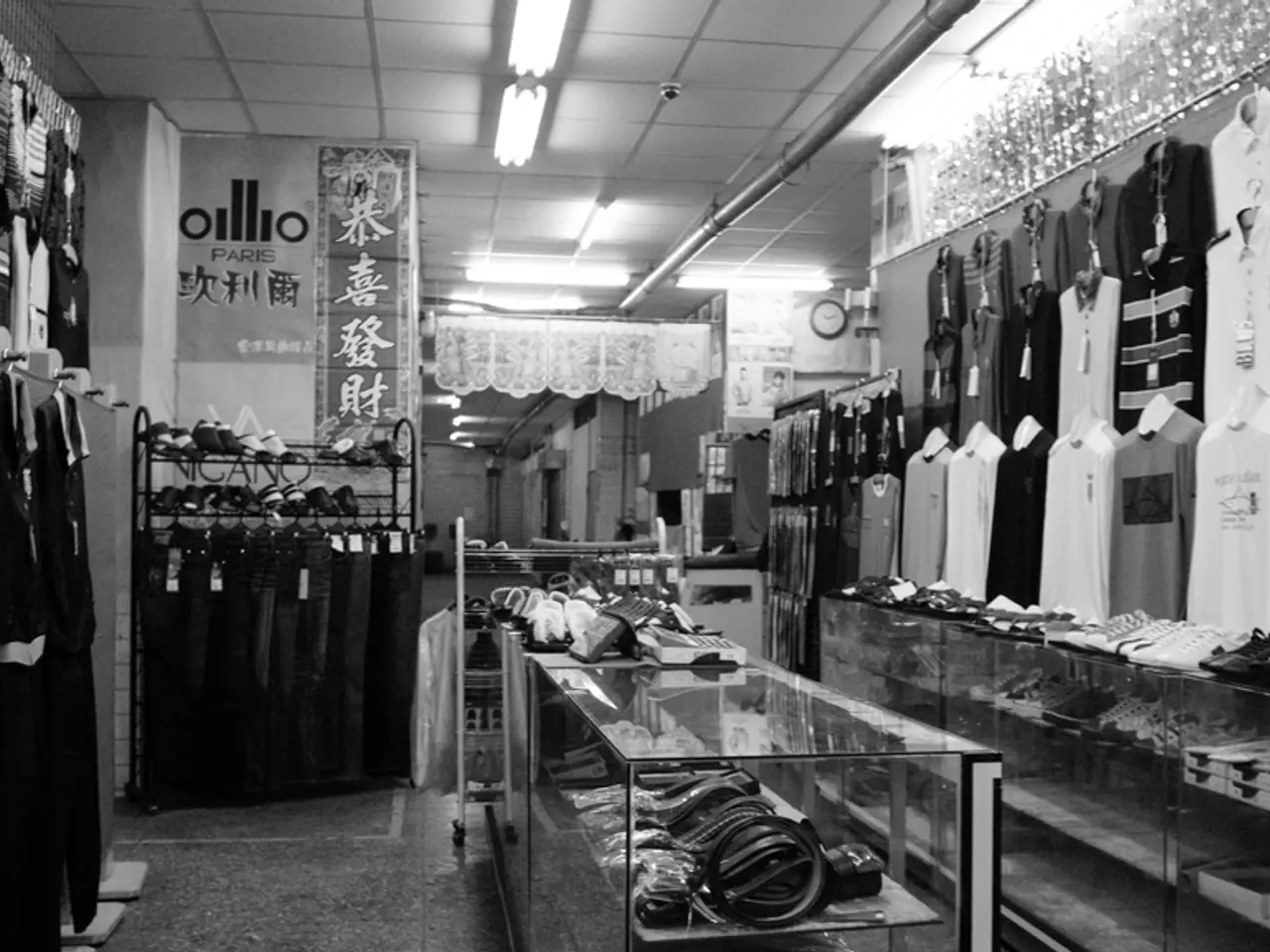Following Armani's Demise: Uncertainties Surrounding Succession Planning
Giorgio Armani, the renowned fashion designer who founded his eponymous company in the 1970s with his late partner Sergio Galeotti, has left a lasting legacy that extends beyond his fashion empire.
Armani's goal was to ensure that his company would not be taken over or divided among his heirs. To achieve this, he established a new corporate charter that would take effect after his death, aiming to maintain the independence of his company.
The company will need to fill the positions of chairman and CEO, both previously held by Giorgio Armani himself. Potential options for the CEO position include experienced managers like Giuseppe Marsocci and Daniele Ballestrazzi. The five potential successors within Armani's company considered as possible heirs are his nieces Silvana and Roberta, his sister Rosanna, Rosanna's son Andrea Camerana, his right-hand man Pantaleo Dell'Orco, and Federico Marchetti, the founder of Yoox.
Armani's niece, Silvana, worked closely with him on women's collections, while Dell'Orco was involved in men's collections.
Armani's careful planning and provisions regarding corporate governance and potential changes underscore his goal of securing his group and maintaining its independence beyond his own lifetime. The new charter sets a 75% vote threshold for any changes, including mergers or splits, and a five-year waiting period for a potential stock market listing.
Giorgio Armani's wealth extends beyond his fashion empire, including properties in Italy, Switzerland, and France, and residences worldwide. At the time of his death, his personal fortune was over 9.5 billion dollars according to the Bloomberg Billionaires Index, a figure that Forbes also estimated to be 12 billion dollars.
Armani owned a villa on the southern Italian island of Pantelleria, a summer residence in the Tuscan seaside town of Forte dei Marmi, and a centrally located Milan apartment in Via Borgonuovo. He also owned residences in St. Moritz, Paris, and Saint-Tropez.
In 2016, Armani established a foundation to secure stable leadership of his fashion conglomerate. He repeatedly turned down potential deals that would have compromised his control over the company, a testament to his commitment to maintaining the independence of his brand.
Armani's goal was not just to protect his company but also to help his heirs get along and prevent the company from being taken over or divided. Such a structure was necessary, he stated, to ensure a smooth succession and maintain the independence of Armani's company.
Armani's legacy is one of a visionary who planned ahead, ensuring that his company would continue to thrive long after he was gone. His careful planning and provisions, combined with his dedication to his craft, have left a lasting impact on the fashion industry.







